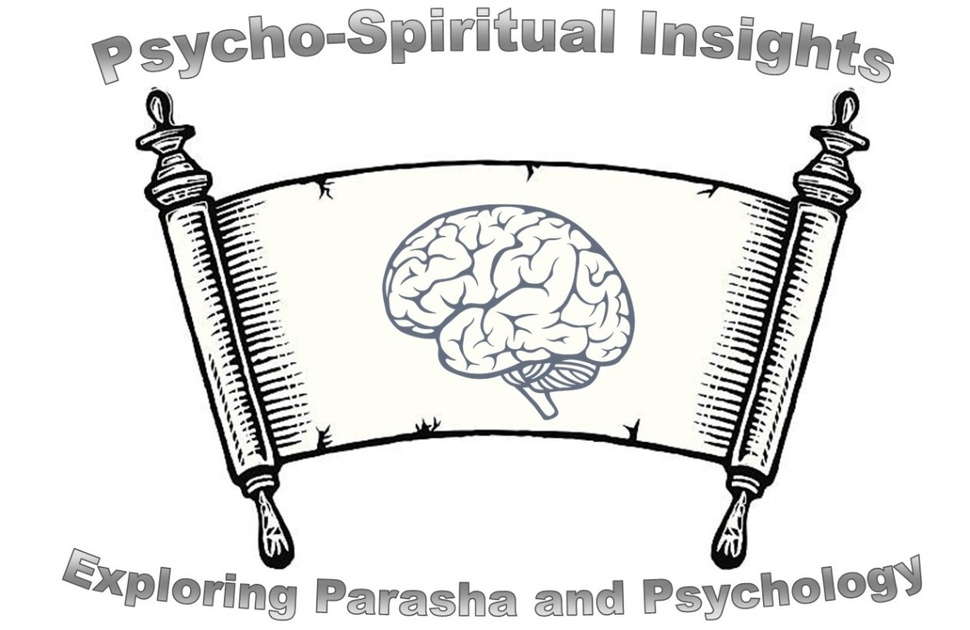
In Parshat Metzora we continue to learn about ‘Tzaraat,’ often mistranslated as leprosy, but rather a visible divine mark manifesting when a person engages in some sinful interpersonal behavior. Tzaraat begins on the walls of the home, progressing to the clothing, then skin for individuals who do not heed the divine caution towards reflection due to its manifestation. For an individual to experience a comeback, they first need to face a setback. The story of Tzaraat beginning on the walls of the house provides us an opportunity to explore the psychological concept of Post Traumatic Growth.
The passuk tell us, “When you enter the land of Canaan that I give you as a possession, and I inflict an eruptive plague upon a house in the land you possess, the owner of the house shall come and tell the priest, saying, ‘Something like a plague has appeared upon my house’ Leviticus 14:34-35.” Rashi tells us that Hashem ordained this decree upon the house as an opportunity for Bnei Yisrael. Quoting Vayikra Rabbah 17:16, Rashi explains because the Amorites concealed treasures of gold in the walls of their houses during the whole 40 years Bnei Yisrael were in the wilderness, having destroying the walls the hidden treasure would be revealed.
Post-Traumatic Growth is positive psychological changes experienced as a result of the struggle with trauma or adversity. It was developed by psychologists Dr. Tedeschi & Dr. Calhoun, in the mid-1990s, and holds that people who endure psychological struggle following adversity can often see positive growth afterward. It acknowledges that amidst the darkness of challenges, there exists the potential for growth, resilience, and transformation which embodies what Rashi describes, seeing the struggle through the lens of faith.
The house, like a person struggling, is initially viewed as injured or damaged. The tearing down of the walls symbolizes the psychological deconstruction people face when confronting trauma. Breaking down their barriers, fears, and insecurities. However, within the rubble lies the potential for discovery and the possibility of finding meaning or a treasured new purpose. The treasure represents unseen strengths and wisdom that can emerge through coping with adversity. Lastly, the Hashem helps us complete the metaphor by making the homeowner discard the stones outside of the city. This act symbolizes the need to actively rid out negative beliefs, patterns, and attitudes from our lives that build perpetual suffering.
Chazal ask, if Hashem wanted to provide us with treasures, why not just reveal them directly to us? When we experience a trauma or a challenge surfaces, the pain it causes is real and cannot be avoided. Pain Is inevitable however suffering is optional. In the book A Mans Search for Meaning, Viktor Frankl writes, “Between stimulus and response there is a space. In that space is our power to choose our response. In our response lies our growth and our freedom.” Pain provides us an opportunity to address underlying tensions and fears holding us back from growth. When we push away our pain or cling to our anger about the pain occurring, we experience resistance, which causes suffering. There’s a simple equation that expresses this: PAIN x RESISTANCE = SUFFERING. What Hashem teaches us is that: PAIN x ACCEPTANCE = GROWTH OPPURTUNITY.
Three tips to embody a Post-traumatic growth mindset:
- Embrace adversity as an opportunity for growth: Instead of seeing challenges as purely negative, consider them as catalysts for personal development and transformation viewing setbacks as a chance to uncover unseen strengths and wisdom within yourself.
- Engage in active reflection and self-discovery: Take the time to deconstruct fears and barriers by actively seeking the hidden meaning in struggle. Like the homeowner who must face the Kohan and acknowledge the Tzaraat, confront yourself with honesty and introspection.
- Cultivate acceptance: By embracing pain as an inevitable part of life’s journey and realizing that suffering is a choice, we can accept all opportunities that come our way.
Sometimes our greatest strengths can come from our deepest wounds. Dr. Tedeschi said about post-traumatic growth that "People develop new understandings of themselves, the world they live in, how to relate to other people, the kind of future they might have and a better understanding of how to live life." Whether facing adversity or trauma, Hashem metaphorically challenges us to confront the walls within ourselves, which hinder our growth and healing. By accepting the opportunity provided to us, regardless of how it presents itself, we have the opportunity to emerge stronger. May we all find the courage to confront the inner walls of adversity, dismantle them with strength, and uncover the treasures within ourselves gifted to us by our Creator.
Elan Javanfard, M.A., L.M.F.T. is a Consulting Psychotherapist focused on behavioral health redesign, a Professor of Psychology at Pepperdine University, & a lecturer related to Mindfulness, Evidence Based Practices, and Suicide Prevention. Elan is the author of Psycho-Spiritual Insights: Exploring Parasha & Psychology, weekly blog. He lives in Los Angeles Pico Robertson community with his wife and three children and can be reached at Elan.Javanfard@gmail.com.
 Previous
Previous

